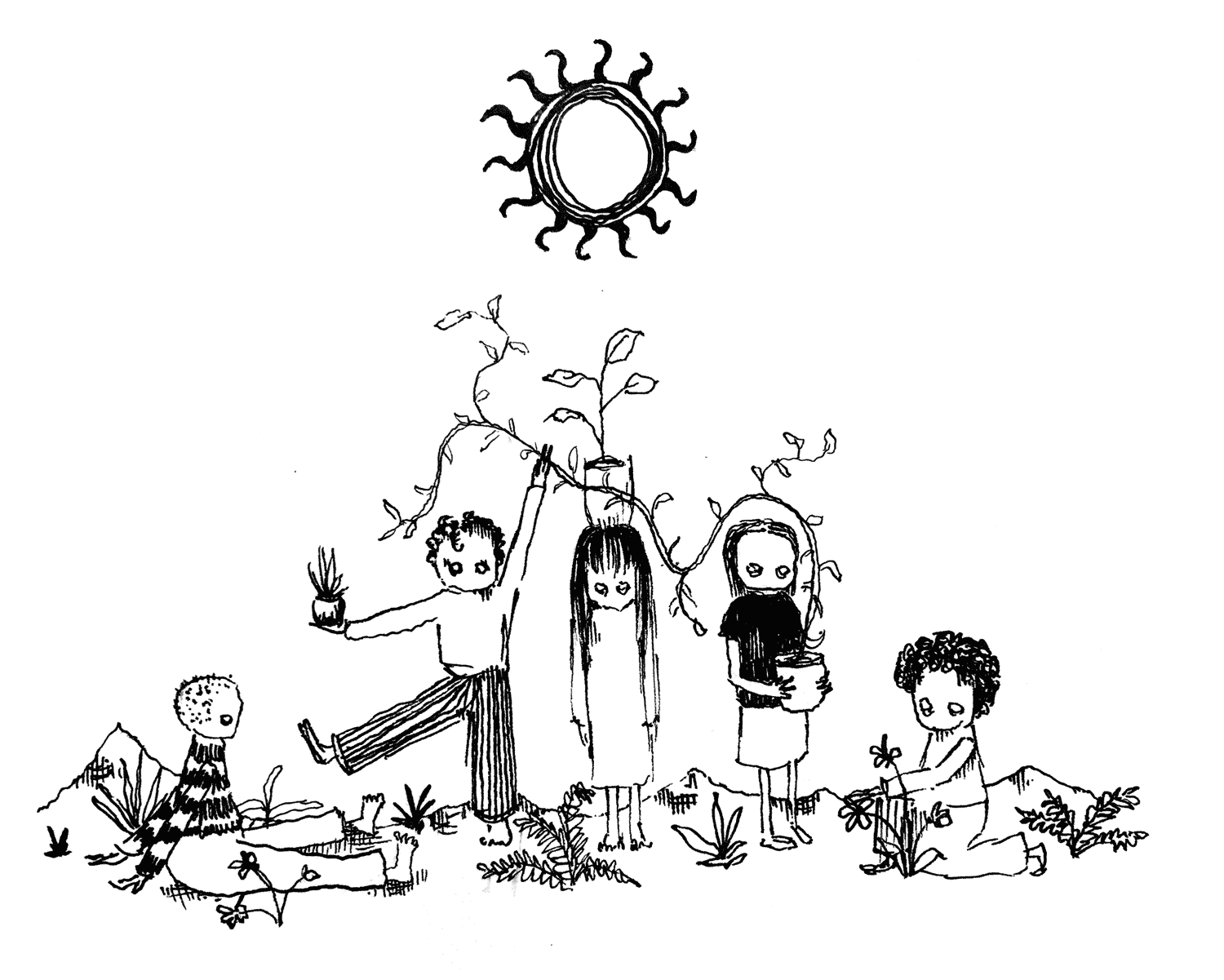Editor’s Note: Campus Beat is a new column dedicated to news / events / organizations at the Vancouver campus of the University of British Columbia. Through this column, we will cover topics that also have broader appeal to our off-campus readers. UBC is more than just a university; it’s a melting pot of different communities, and we want to share it with you. For this first column, we are honoured to feature the Belkin Gallery.—BB
Beginning with the Seventies: Collective Acts opens at the Morris and Helen Belkin Art Gallery on September 4. Collective Acts is the third in a series of four exhibitions, its works based on archival research pertaining to labour rights, protest, feminism and Indigenous rights. With artist talks, workshops and additional programming in the coming months, the Belkin is setting the scene for intergenerational knowledge exchange and discussions around contemporary issues.
“In fact,” says Curator Lorna Brown, “there’s very few works from the ‘70s in the series.” Beginning with the Seventies came out of an opportunity to reconsider and contextualize 1970s art, activism and community archives. Brown, who is also the Belkin’s Acting Director, had noticed increasing interest in work from the decade, and the intersections of art and cultural practices. As a writer and an artist, aware of the limitations of archival documentation from the era, she set about to conceive a project based on informal records and archives not widely accessible.

In Collective Acts, the works are tied to themes of labour and self-organizing, with an emphasis on women in activism. Research by Lakota artist, Dana Claxton and the ReMatriate Collective focuses on the Service, Office and Retail Workers’ Union of Canada (SORWUC) — many of them Indigenous women — and their strike against Muckamuck Restaurant from 1978-81. Heather Kai Smith (who was also Discorder’s art feature in May 2018) is exhibiting drawings based on photos from the Women’s Encampment for a Future of Peace and Justice, a group which actively protested military violence in Seneca, New York in the 1980s. Another section, curated by writer and former Curatorial Intern, Jordan Wilson, looks at the revival of traditional weaving and the Salish Weavers Guild, who adopted cooperative working methods and gained widespread recognition.
The first exhibition of the series, GLUT, recreated the Vancouver Women’s Bookstore (1973-96), addressing notions of performance and language. Several of the bookstore’s founders took part at events during the exhibition. Similarly, for Collective Acts, Brown anticipates the participation of those who were involved with the particular organizations, and who are still around. These are prized encounters, she explains: “You can read about it, but the face-to-face interaction is pretty valuable, for the people who were involved in the ‘70s and [the ones] who came along later. It’s a kind of learning that is really interesting in the context of the university gallery, to create situations for that exchange to happen.”
The Belkin functions as a site of education and research in addition to exhibitions, serving UBC students and faculty, as well as those across Vancouver. According to Brown, the community archives of grassroots organizations “may not be viewed as the most valuable resources,” but through Beginning with the Seventies, these collections are given as much importance as archives held in academic institutions. This is true to the Belkin’s prioritization of work that challenges the status quo.
Brown also seeks to alter the gallery into a site for production during Collective Acts, with the introduction of a ribbon skirt making station. Additionally, visitors will find an interactive projection where they can add to a network of artistic ‘influencers.’ Care has been taken to make the gallery “accommodating to bodies,” transforming it into a place people will want to hang out. Much of the labour highlighted in the historical records, and the works themselves, suggests the ways material and cultural production can feed into one another.
Beginning with the Seventies takes the ‘70s as its starting point, yet, Brown maintains, “it’s also historically critical, looking at these movements and the ways in which they’ve failed as much as they’ve succeeded.” Through exhibition and programming, Brown hopes to facilitate dialogue. Perhaps the experiences of the past can lend wisdom to art and the social activism of today.
“It’s about generative moments or catalytic moments,” Brown says. “That’s the hope, anyway.”
x
Beginning with the Seventies: Collective Acts runs September 4-December 2 with an opening reception on Thursday, September 6. There will be an artist talk with Christine D’Onofrio and Heather Kai Smith on September 29; a symposium on November 2; a workshop with Christine D’Onofrio on November 3; and a concert with UBC Contemporary Players on November 28. For more information, including location and hours of operation, visit belkin.ubc.ca.


